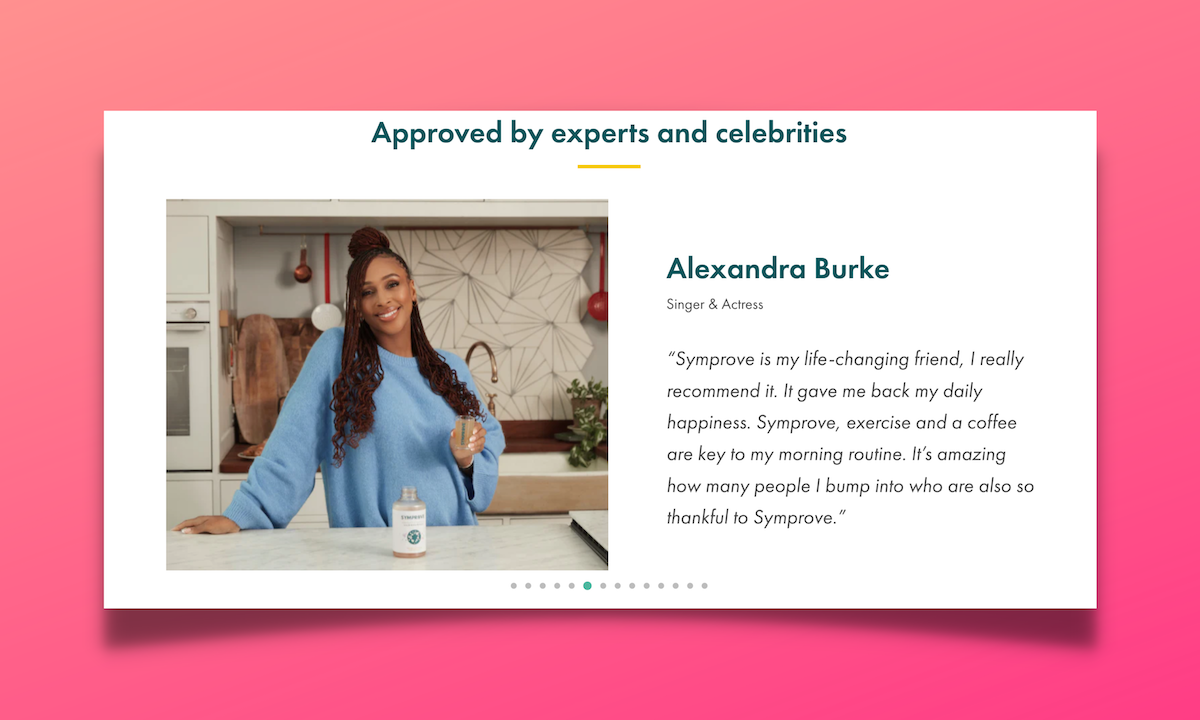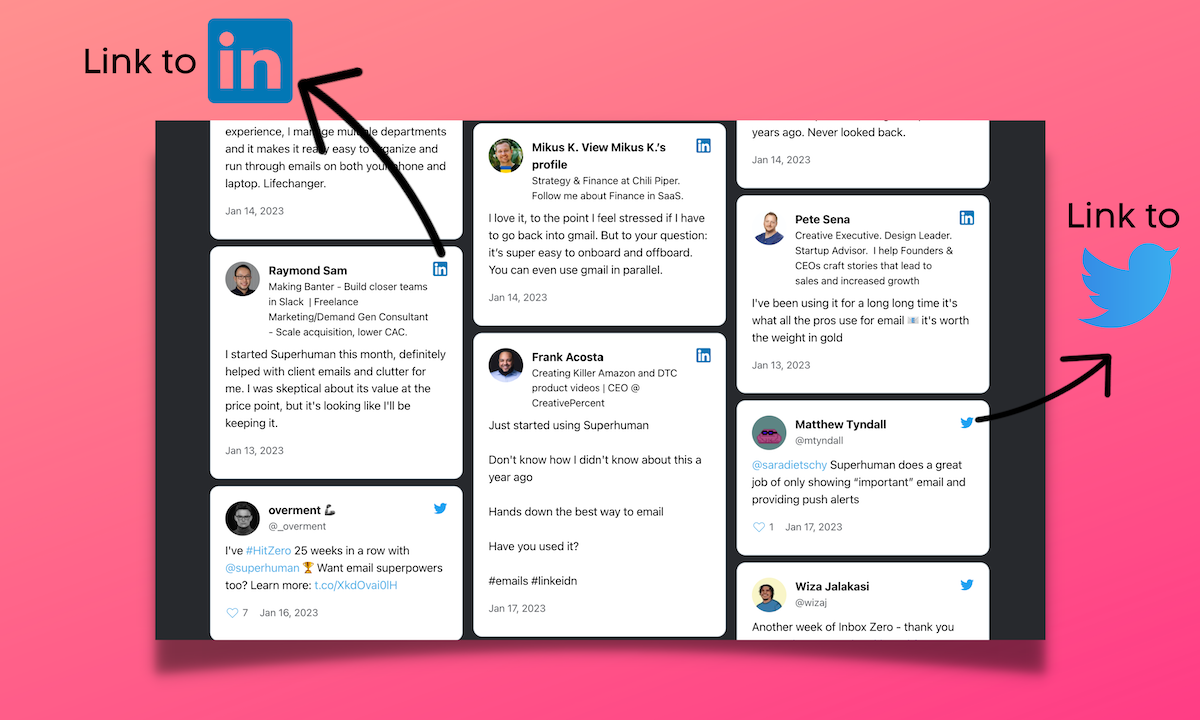Authentic testimonials: 7 ways to improve your testimonials
Customer testimonials are an amazing tool for building credibility and trust with potential customers, but not all testimonials are created equal. Gone are the days where a simple one liner and a generic looking smiling face is enough to convince people that you can deliver on your promises.
People still rely on reviews and testimonials to help them make purchasing decisions, but trust in them is decreasing. There's hardly a website online without some sort of social proof, so it's worth going the extra mile to ensure your social proof stands out as more authentic, trust-worthy, and enthusiastic than your competitors.
With these seven simple tips you can weed out your less impactful testimonials and curate a set that will increase your conversions and drive results.
Use real names and photos
Pictures and real names show to others that your customers liked your product enough to put their name and a face to it. Your customer is putting their credibility on the line to talk about your product.
They're not risking much if they aren't willing to back their testimonial up with their full name and photo. Unless your industry makes it impossible to get anything other than anonymous testimonials, consider excluding them from your site and marketing materials.
Don’t be afraid to use big names. If you have celebrities as customers, whether they are famous generally or famous in your industry, make sure their testimonials are prioritized. Testimonials written by popular figures have a bigger impact. Customers know who celebrities are, want their lifestyle, and trust their opinion.

Use videos testimonials
Video testimonials are a bigger ask, but that adds to their impact. If someone loves your product or service so much that they're willing to record a video testimonial for you, it must be good!
It's also much easier to see how authentic the testimonial is on a video. If you're selling a physical product, seeing it in action in a video testimonial is super powerful.
If you struggle to collect video testimonials from customers, photos can also be powerful, especially if your product is visual.
Be specific
Showcase testimonials that don’t just use generic phrases like ‘it was great’ or ‘would use again’.
Find testimonials that pinpoint what that customer loved about your product. Did they enjoy a specific feature? What was the best bit about your product? How did your product help solve a problem for your customer? The more specific the testimonial the better.
If potential customers see that you helped solved their exact problem for someone else, they will be way more likely to trust you.
Use social media shout outs

Instead of letting those impactful shout outs disappear into obscurity, save them with your collection of testimonials and publish them on your website.
Showcase that your customers love you so much, they're willing to praise you publicly in front of all their followers and friends.
Keep it fresh
Create a habit of collecting testimonials. Markets are constantly changing, so testimonials that customers left years ago are less likely to be relevant. Sharing testimonials that you got this month or even this week are more likely to be relevant and show that you have a happy and active customer base and a product or service that still delivers on its promise.
If you're frequently getting testimonials, publish them with their dates. If your testimonials are from over a year ago, it's better to exclude the dates.
When someone shares a testimonial with you directly, it's a positive signal, but not quite as positive as when they share a public post on Twitter, Instagram, TikTok, or any other social network about how much they love your product or service.
Link to social media profiles
When publishing testimonials, include links to the reviewers online profile (as well as a real name & photo). This can be any social media profile, but you can decide based on your customers and where they hang out. If you're selling to customers are spend a lot of time on Instagram, use Instagram profiles. If your customers are mostly businesses, linking to LinkedIn profiles is a better bet.

People can click through to these profiles from your testimonials to see that your customers are real people that they have some things in common with.
Mix it up
Although you want your customers to relate to the people in your testimonials and what they have to say, a wall or slider full of testimonials that all look and sound the same are not likely to inspire trust.
Make sure you use a wide range of testimonials by including some videos, social media shoutouts, and images.
Testimonials are a fantastic form of social proof that help convince customers that you are the real deal. Instead of doing the bare minimum, go the extra mile to ensure your testimonials are authentic, trustworthy, and impactful.